Summary | Excerpt | Reading Guide | Reviews | Beyond the Book | Read-Alikes | Genres & Themes | Author Bio
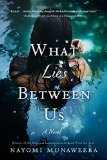
Critics' Opinion:
Readers' Opinion:
First Published:
Feb 2016, 320 pages
Paperback:
Apr 2017, 320 pages
 Book Reviewed by:
Book Reviewed by:
BookBrowse First Impression Reviewers
Buy This Book
This article relates to What Lies Between Us
One of the primary plot drivers for What Lies Between Us is the concept of false memory.
As the term implies, false memory is when a person recalls an event or a detail that has not happened or is untrue in some particular way. While research into why false memory takes root is still being conducted, a number of factors have been pegged as possible explanations. For example, if you did not attend a family Thanksgiving twenty years ago but have been told about incidents that happened during that eventful get-together over and over again, the feeling of almost having been there soon might change to your believing — and then later recalling — that you were indeed part of the day's celebrations. In other words, memories can be slowly implanted by society and what you hear coming at you.
Studies have shown that negative or positive attributes associated with an event, often fed to us externally, can also distort memories. For example in a Cornell experiment, a group of test subjects were narrated a story in which a man left a restaurant without paying his bill. One half was told that the guy was a jerk and the other set heard that he had to leave because of an emergency situation. One week later, when asked to recall the bill, the ones who were told that the man was a jerk remembered the total as being 15-20% higher than it actually was, and the other set recollected a slightly lower amount.
Showing powerfully that word associations matter for memory recall, another study had participants watch a video of a car accident and were later asked to recall specifics. Participants who were asked "at what speed did the cars collide into each other" gave a lower number than those who were presented with the question: "at what speed did the cars smash into each other." Even more interesting, participants who were fed the word "smashed" also recalled broken glass when there was none in the video.
Studies into the hows and whys of false memory are ongoing. A 2013 research paper showed that a false memory in the brain looks much like a real memory and that at least from experiments conducted on mice it is possible to implant these memories in others. Equally, it has been shown that all people — both with poor memories and superhuman ones (HSAM, Highly Superior Autobiographical Memory) — are susceptible to false memory.
While some instances of false memory are fairly benign, it is also linked closely to PTSD and there have been cases where their incidence has lead to controversial court cases. Especially in instances of child abuse, most famously with the cases that saw the light of day in the wake of the Boston clergy sex abuse scandal, doubts were raised about the authenticity of childhood memories. Therapists have been successful in teasing out the nuances of these complex and extremely sensitive cases.
On a related note, the Pixar movie Inside Out depicts memory and its workings in an accessible way. Here's a clip where Joy and Sadness get lost in the maze of long-term memories. Each glowing ball in those corridors is a memory cached away.
Filed under Medicine, Science and Tech
![]() This "beyond the book article" relates to What Lies Between Us. It originally ran in February 2016 and has been updated for the
April 2017 paperback edition.
Go to magazine.
This "beyond the book article" relates to What Lies Between Us. It originally ran in February 2016 and has been updated for the
April 2017 paperback edition.
Go to magazine.
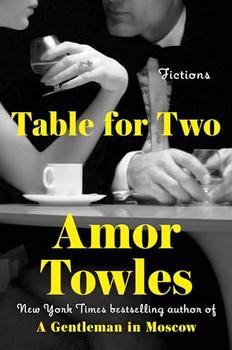
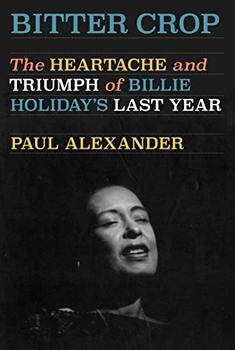
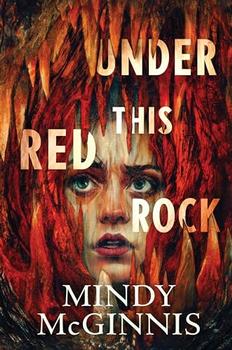
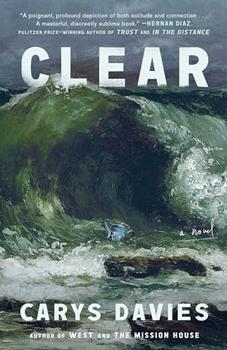

The Flower Sisters
by Michelle Collins Anderson
From the new Fannie Flagg of the Ozarks, a richly-woven story of family, forgiveness, and reinvention.

The House on Biscayne Bay
by Chanel Cleeton
As death stalks a gothic mansion in Miami, the lives of two women intertwine as the past and present collide.

The Funeral Cryer by Wenyan Lu
Debut novelist Wenyan Lu brings us this witty yet profound story about one woman's midlife reawakening in contemporary rural China.
Your guide toexceptional books
BookBrowse seeks out and recommends the best in contemporary fiction and nonfiction—books that not only engage and entertain but also deepen our understanding of ourselves and the world around us.